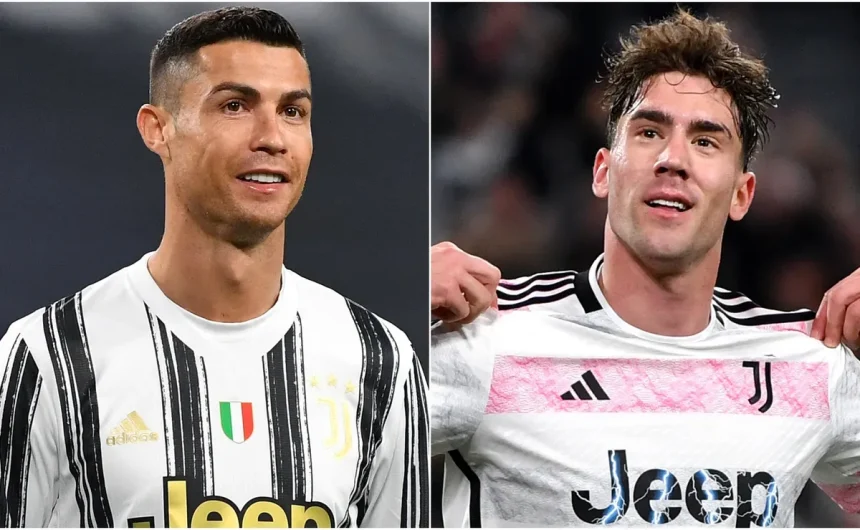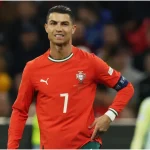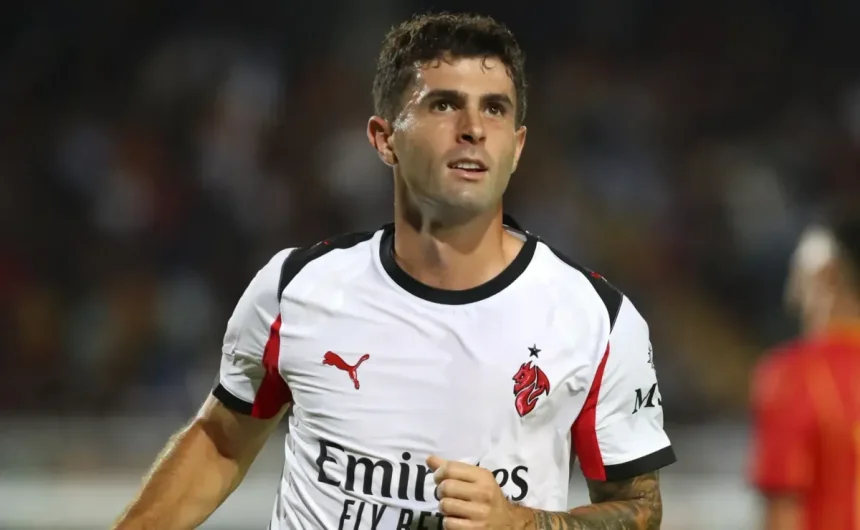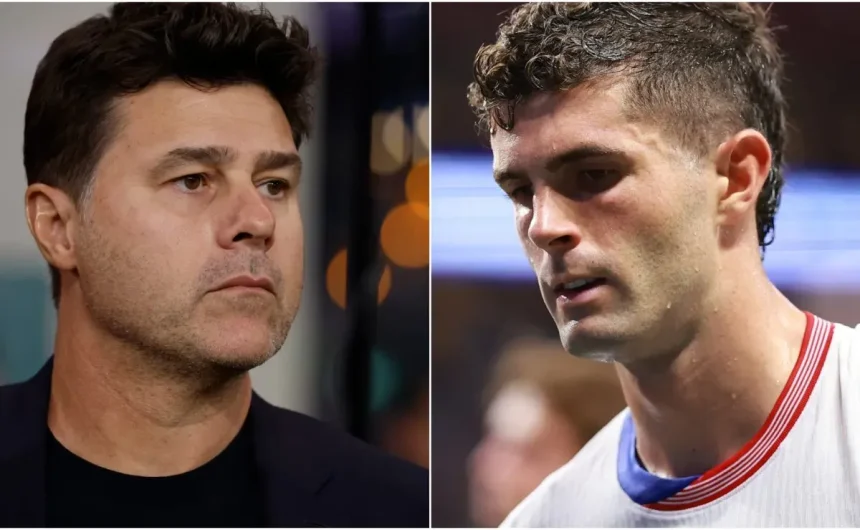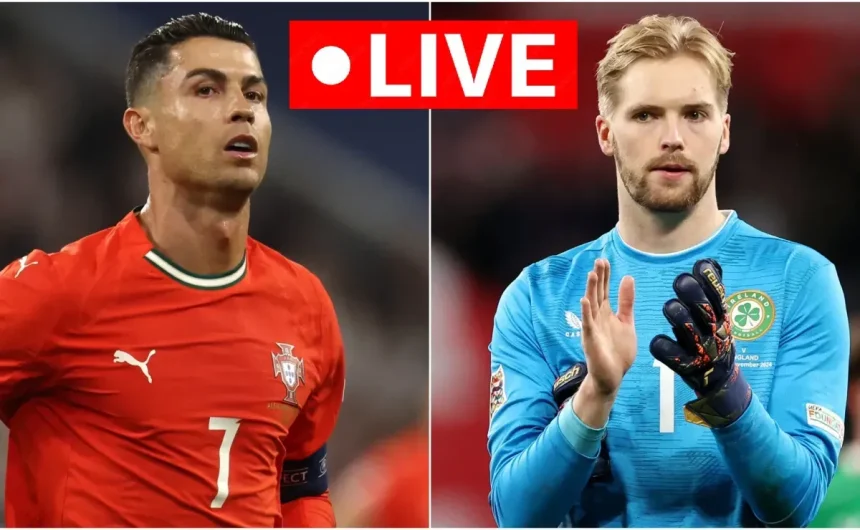In Italy, the most expensive transfers have often mirrored Serie A’s ambition to remain among Europe’s elite. From Cristiano Ronaldo’s blockbuster arrival to the headline-grabbing pursuit of Dusan Vlahovic, the league has never shied away from bold incoming signings.
In August 2025, fresh negotiations stir a familiar excitement. The numbers are staggering, but they carry echoes of tradition: clubs with a history of lifting the most Serie A titles continue to chase new heroes, blending legacy with high-stakes modern finance.
These deals are not just about price tags—they’re woven into the narrative of Italian soccer itself. From champions’ dynasties to iconic scorers like Piola and Immobile, the league’s past frames its present, where every signing hints at the future of Calcio.
see also
Serie A 2025 TV Schedule and Streaming Links in the USA
Paulo Dybala – Juventus
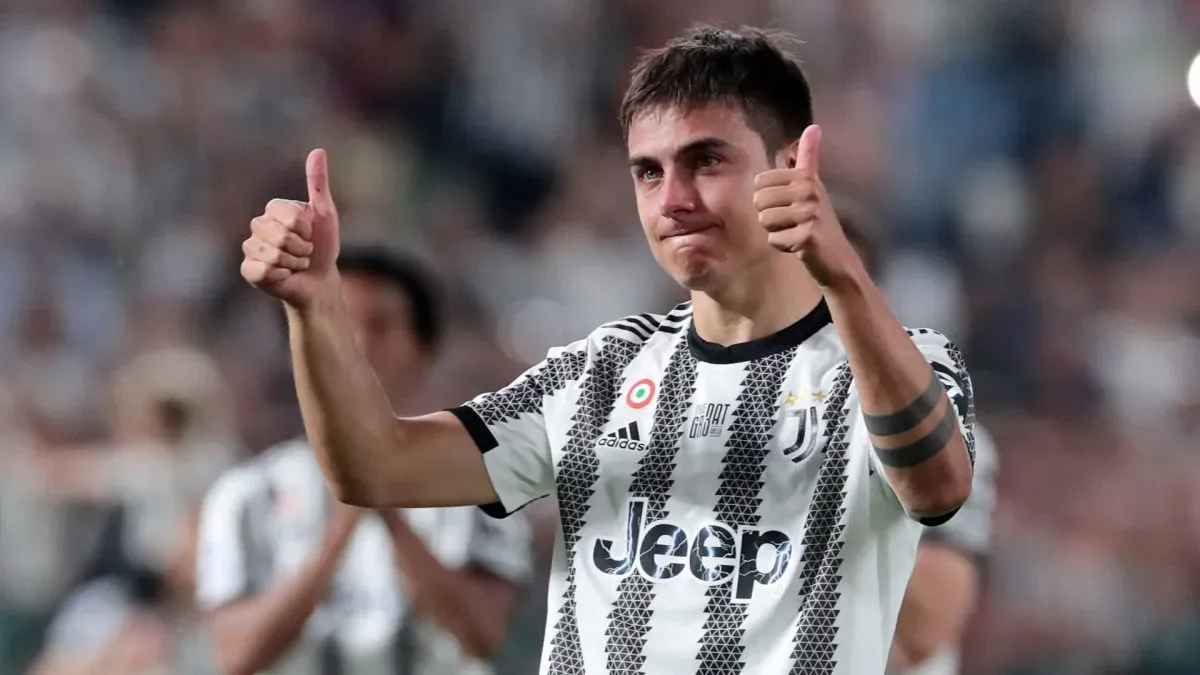
Paulo Dybala of Juventus acknowledges the fans following their draw in the Serie A match in 2022. (Source: Emilio Andreoli/Getty Images)
Juventus’ choice to invest €41 million in Paulo Dybala in 2015 was as much about artistry as numbers. The Argentine’s low center of gravity and lethal curling shots brought moments of ballet amid defensive solidity. In time, he became the heartbeat of Juve’s attack—magical when fit, quietly devastating when needed most.
Tammy Abraham – AS Roma
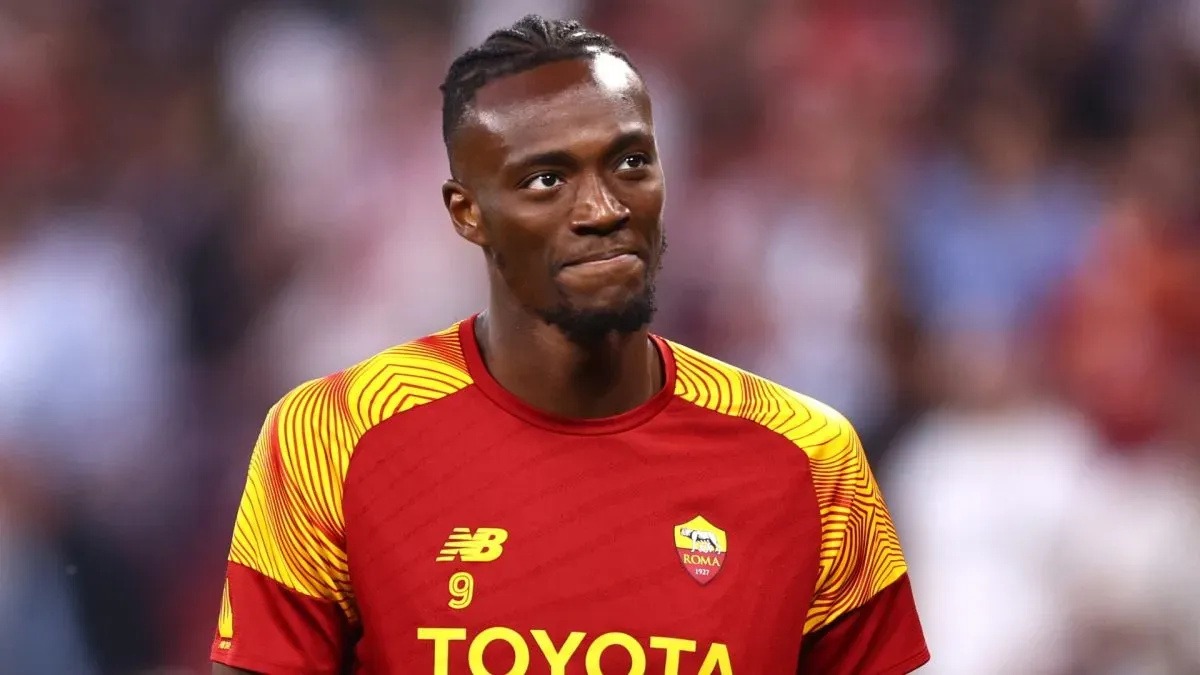
Tammy Abraham of AS Roma looks on prior to the UEFA Europa League 2022/23 final match. (Source: Clive Rose/Getty Images)
Tammy Abraham’s €41 million move to AS Roma in 2023 marked a bold stroke. Arriving from the Premier League, he carried goals, poise, and a hunger to prove himself in Italian soccer. Despite adaptation hurdles and form fluctuations, he showed flashes of the predatory instincts that made him one of England’s most talked-about forwards.
Rui Costa – AC Milan
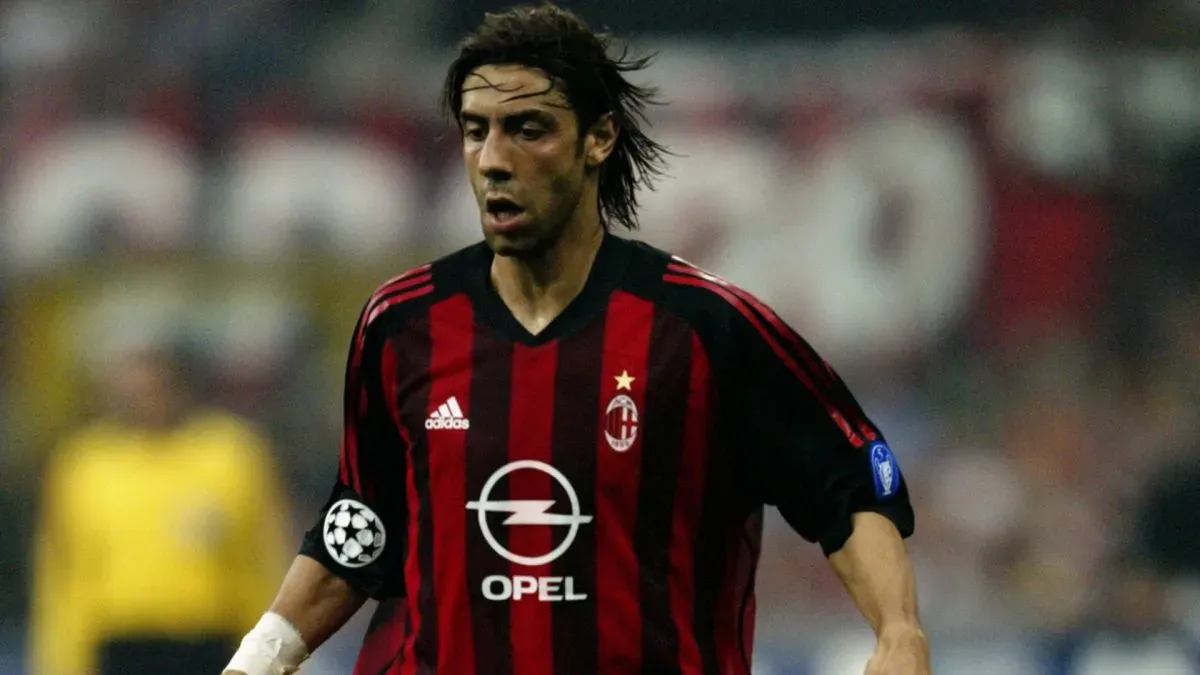
Rui Costa of AC Milan looks to run with the ball during the UEFA Champions League Semi-Final First Leg match in 2003. (Source: Clive Brunskill/Getty Images)
When AC Milan secured Rui Costa from Fiorentina in 2001 for €42 million, they weren’t just buying a playmaker—they were recruiting elegance. The Portuguese maestro lit up San Siro with vision and passing precision, culminating in the Champions League title in 2003. His transfer typified the romance of Serie A’s early-2000s golden age.
Patrik Schick – AS Roma
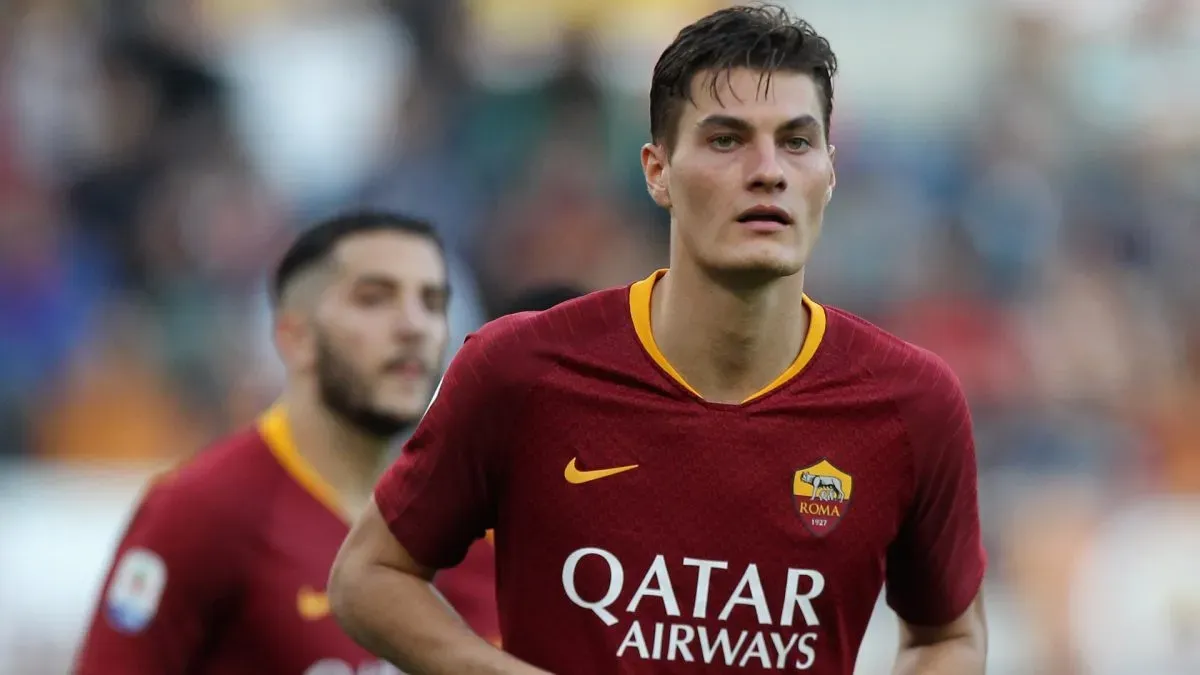
Patrick Schick of AS Roma looks on during the Serie A match in 2018. (Source: Paolo Bruno/Getty Images)
Patrik Schick’s move into Serie A in 2019 for €42 million promised a new focal point up front. At Roma—and later Juventus—his elegance and aerial prowess were clear. Yet, inconsistency and injuries held him back from becoming a consistent match-winner. Even so, the Czech striker’s technical class remains clear in flicks, volleys, and brief game-altering moments.
Leonardo Bonucci – AC Milan
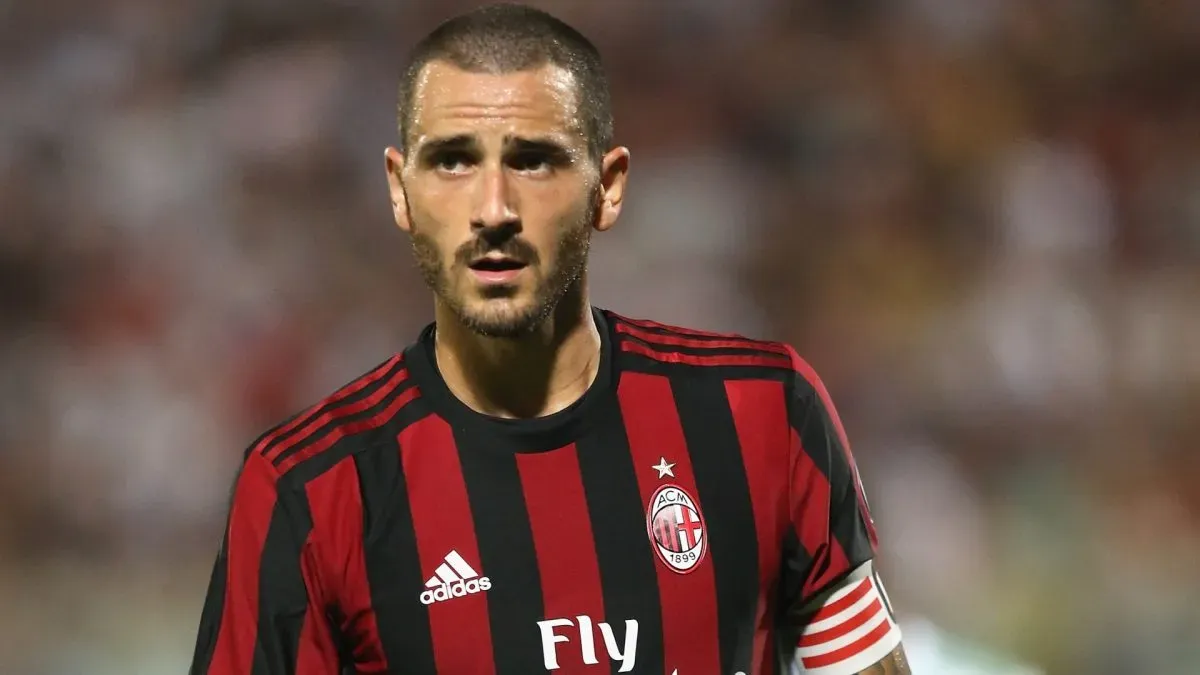
Leonardo Bonucci of Milan during the Pre-Season Friendly match in 2017. (Source: Maurizio Lagana/Getty Images)
In 2017, AC Milan shelled out €42 million for Leonardo Bonucci, a deal that underlined the value of leadership at the back. Returning to Milan after a Juve stint, he brought calm authority and refined distribution. Though inconsistencies followed, Milan’s defence rarely lacked voice with Bonucci marshaling from the back.
Achraf Hakimi – Inter
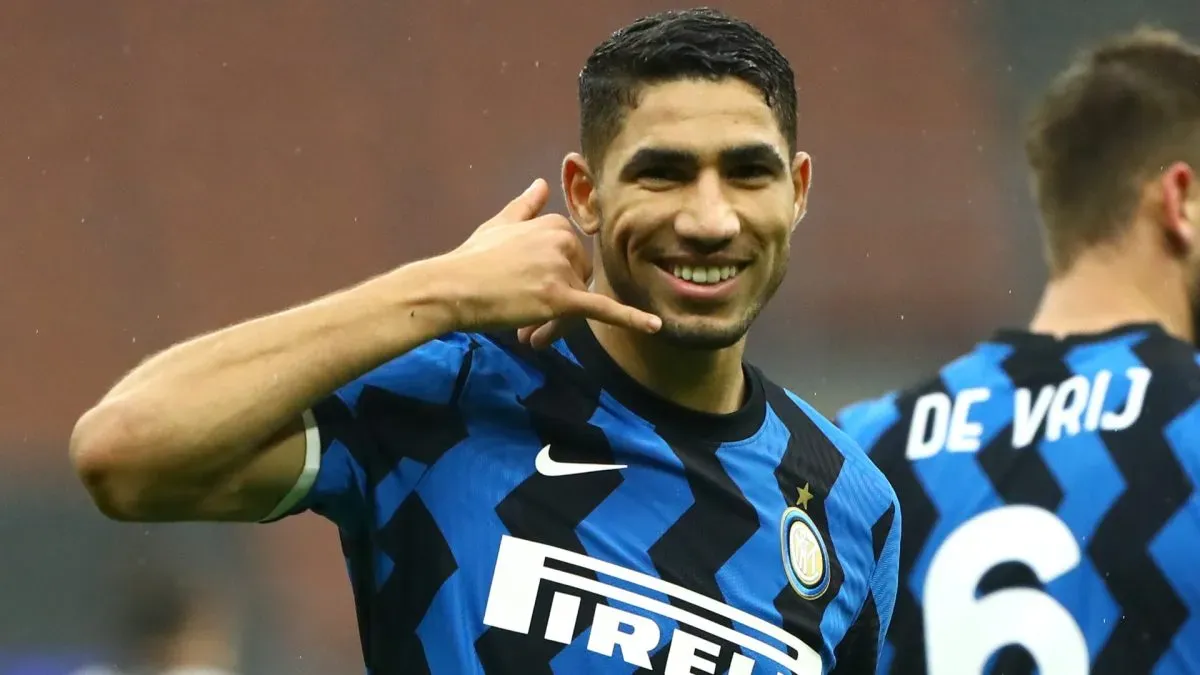
Achraf Hakimi of Inter Milan celebrates after scoring their team’s first goal during the Serie A match in 2020. (Source: Marco Luzzani/Getty Images)
Achraf Hakimi’s €43 million move to Inter in 2020 turned the right-back role on its head. Reinventing wing-backing with breathtaking speed and precise crosses, he became the epitome of Conte’s counter-attacking vision. From defensive solidity to explosive forward thrusts, Hakimi’s signing shifted tactical paradigms across the league.
Federico Chiesa – Juventus

Federico Chiesa of Juventus celebrates after scoring their side’s first goal during the Serie A match in 2021. (Source: Valerio Pennicino/Getty Images)
When Federico Chiesa arrived at Juventus in 2022 for €44.60 million, the air hummed with expectation. The Italian winger, born from Fiorentina’s academy, embodied pace, flair, and tactical smarts. Though injury setbacks disrupted his rhythm, every time he stepped onto the pitch, he reminded supporters why he was viewed as the heir to Serie A’s tradition of electrifying, homegrown wingers.
Joao Mario – Inter

Joao Mario of FC Internazionale looks on during the Serie A match in 2019. (Source: Emilio Andreoli/Getty Images)
Juventus’ signing of Joao Mario in 2016 for €44.78 million came with high hopes —the Portugal international had dazzled in midfield versatility. Yet, upon reaching Turin, adaptation proved tougher than anticipated. His creativity flickered in brief glimpses, but consistency eluded him, leaving fans to remember him as a talented enigma rather than a long-serving maestro.
Pavel Nedved – Juventus
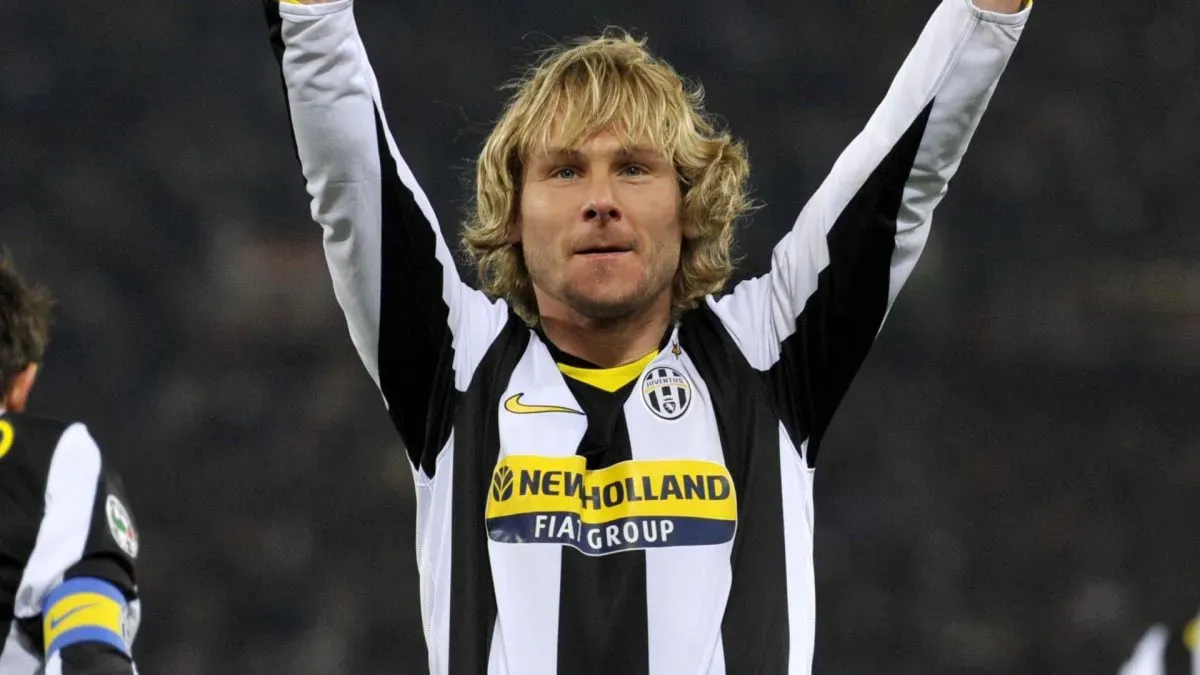
Pavel Nedved of Juventus celebrates during the Serie A match in 2009. (Source: New Press/Getty Images)
In 2001, when Juventus paid €45 million for Pavel Nedved, it was more than a transfer—it was a seismic shift. The Czech’s relentless engine and trademark long-range drives quickly elevated Juve’s midfield. Over time, he became synonymous with Vecchia Signora’s heart and grit, even as injuries tempered the brilliance that once dazzled both Turin and the national stage.
Christian Vieri – Inter
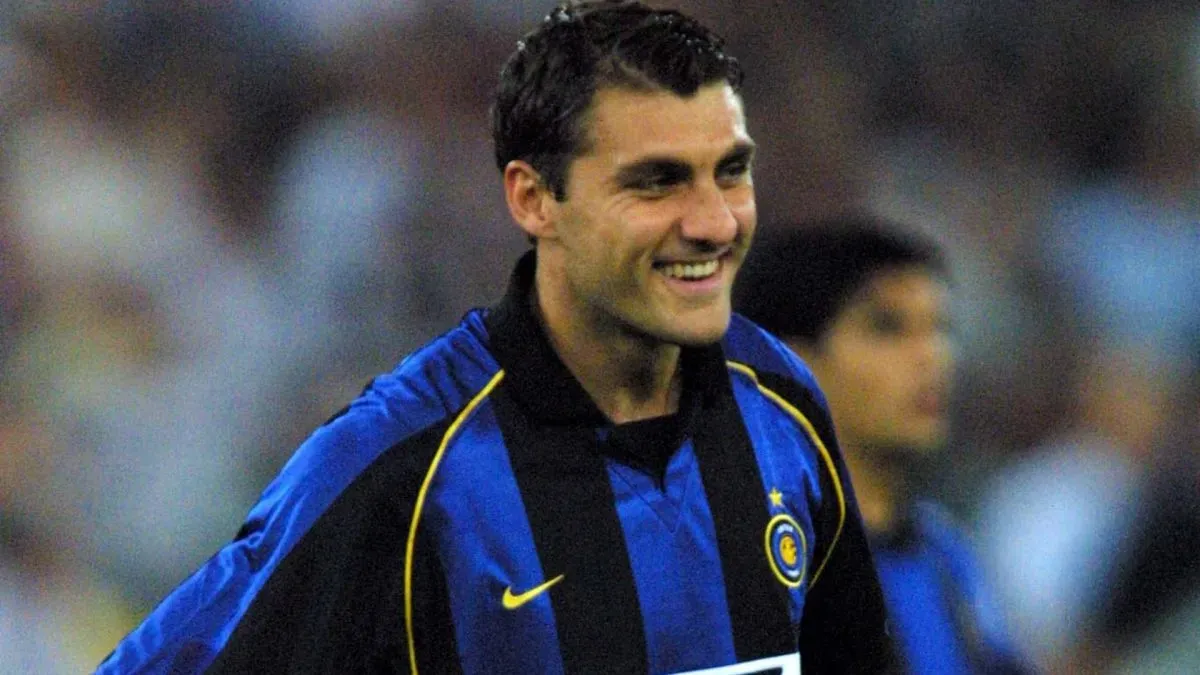
Cristian Vieri of Inter Milan in action during the pre-season Birra Moretti Trophy in 2001. (Source: Grazia Neri/ALLSPORT)
Christian Vieri’s jump to Internazionale in 1999 didn’t just turn heads—it shattered records. At €46.48 million, his transfer became emblematic of Serie A’s peak-spending era. Though plagued by injuries, “Bobo” etched his legacy in Nerazzurri folklore, forming a fierce duo with Ronaldo.
His sheer physical presence and instinct in the box left fans breathless, and even decades later his headers, racquets of determination and hairstyle included, remain nostalgic highlights.
Bremer – Juventus
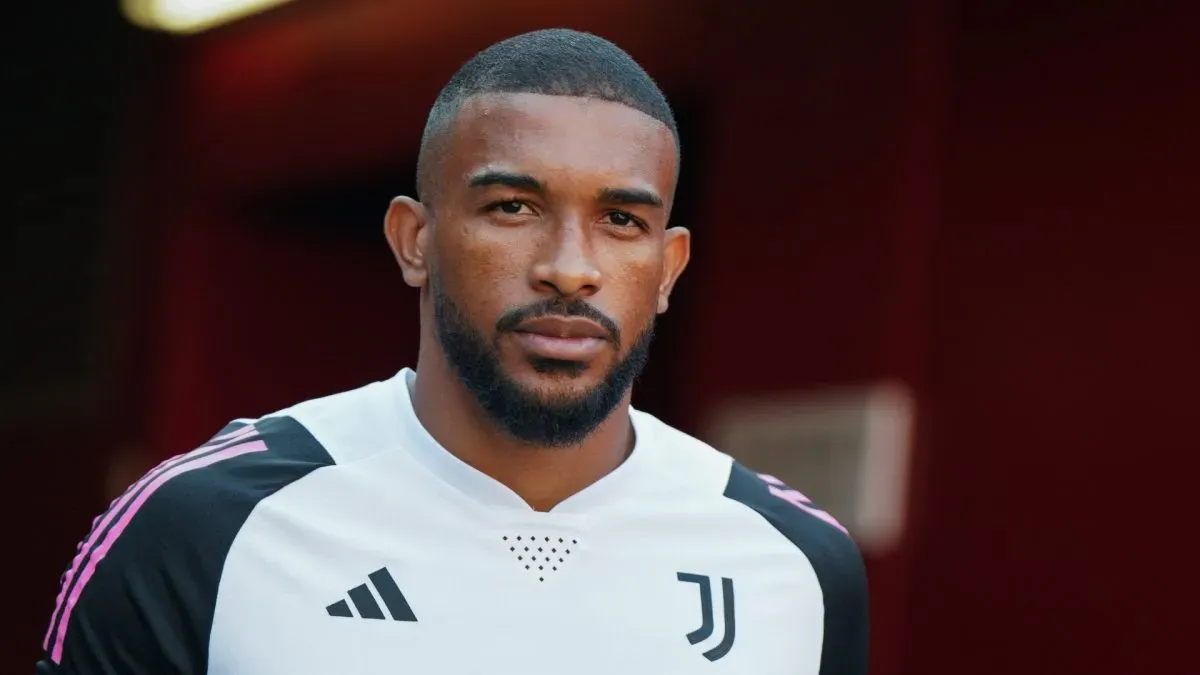
Gleison Bremer of Juventus walks to the pitch for a training session in 2023. (Source: Loren Elliott/Getty Images)
Bremer’s €46.9m move across the Turin divide in 2022 was a statement signing for Juventus. The Brazilian defender had just been named Serie A’s best defender with Torino, and his arrival added muscle and composure to Juve’s backline. Seen as a cornerstone for the future, Bremer embodied the club’s push to rebuild around solidity after years of transition.
Gaizka Mendieta – Lazio
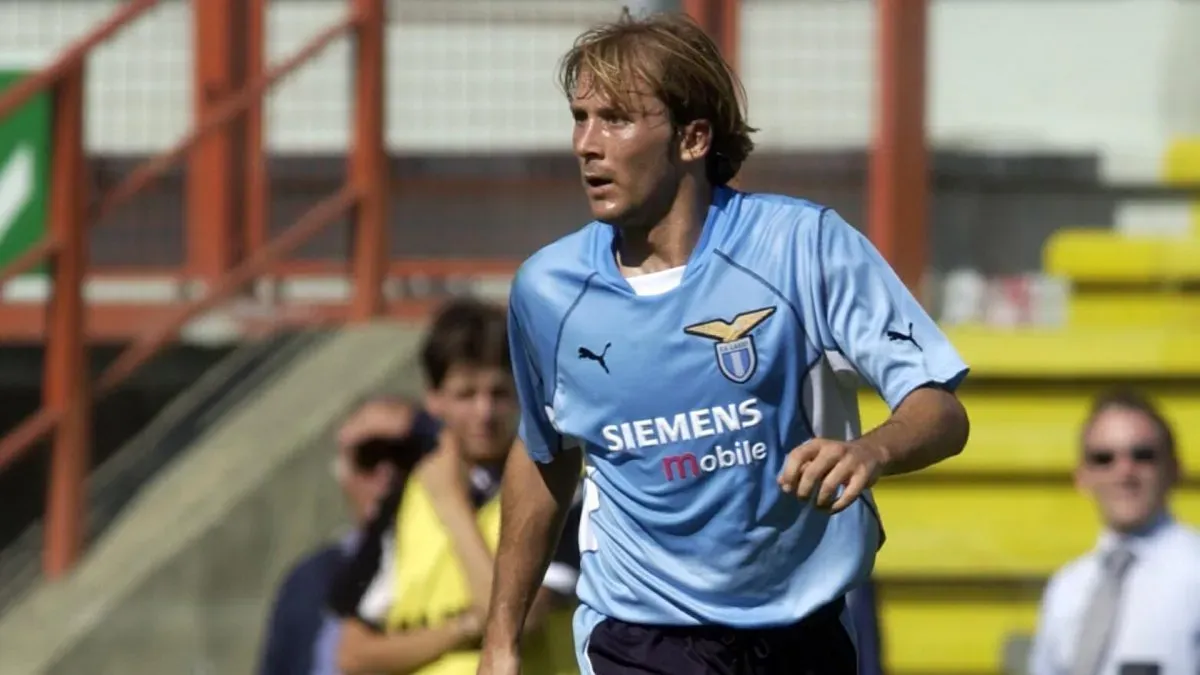
Gaizka Mendieta of Lazio in action during the Serie A 2nd Round League match in 2001. (Source: Grazia Neri/ALLSPORT)
In 2001, Lazio splashed €48m on Gaizka Mendieta, one of Spain’s finest midfielders at the time. The move, however, became a symbol of Serie A’s excesses. He struggled to adapt to Italian soccer, and his stint in Rome was short-lived. Still, his transfer highlighted an era when Serie A was the unrivaled epicenter of big-money moves, drawing stars from across Europe.
Rafael Leão – AC Milan
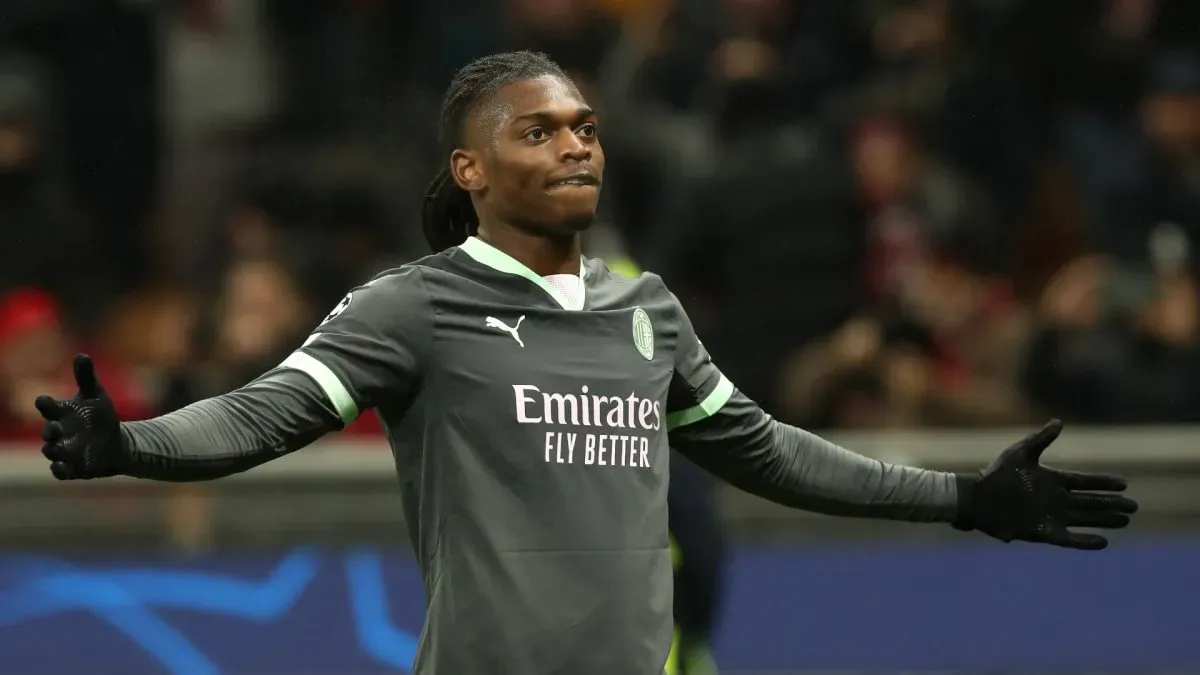
Rafael Leao of AC Milan celebrates scoring his team’s first goal during the UEFA Champions League 2024/25 League Phase MD7 match. (Source: Marco Luzzani/Getty Images)
When AC Milan paid €49.5m for Rafael Leão in 2019, many wondered if the Portuguese forward could live up to the hype. It took time, but he blossomed into the club’s brightest star. His dazzling runs, creativity, and decisive goals powered Milan’s 2022 Scudetto triumph, their first in over a decade. Today, his name is synonymous with the Rossoneri’s renaissance, making his transfer one of the most inspired in recent club history.
Hirving Lozano – Napoli
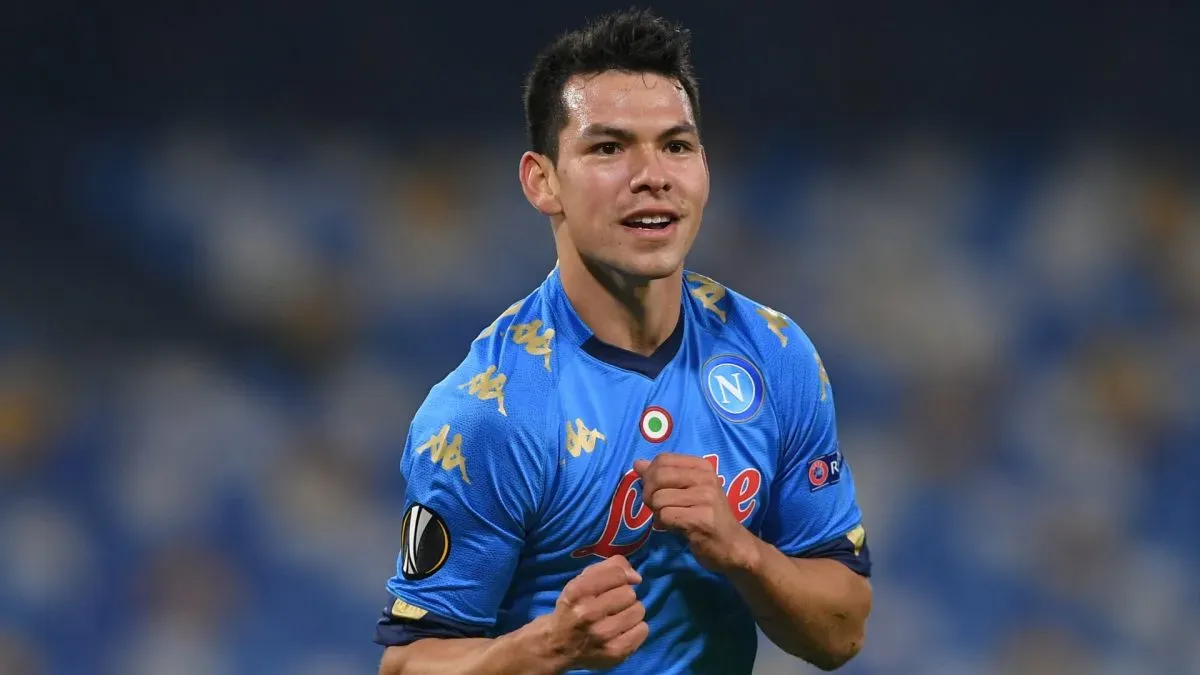
Hirving Lozano of SSC Napoli celebrates after scoring their sides second goal during the UEFA Europa League Group F stage match in 2020. (Source: Francesco Pecoraro/Getty Images)
Napoli broke their transfer record in 2019 by signing Hirving “Chucky” Lozano for €50m, making him the most expensive Mexican player in history. His speed and direct dribbling added excitement to Napoli’s wings, but inconsistency and injuries often clouded his impact. While he became a fan favorite for his energy and charisma, his legacy in Serie A is one of flashes of brilliance rather than lasting dominance.
Douglas Luiz – Juventus

Douglas Luiz of Juventus looks on prior to kick-off in the Serie A match in 2024. (Source: Simone Arveda/Getty Images)
Douglas Luiz’s €51.5m move in 2024 reflected Juventus’ urgent need to refresh their midfield with energy and dynamism. Coming from the Premier League, the Brazilian brought balance, defensive grit, and the ability to dictate tempo.
For Juve, his signing was part of a broader strategy to modernize their style of play and close the gap with Europe’s elite. Expectations were immediate, with fans viewing him as the heartbeat of a new era.
Gianluigi Buffon – Juventus
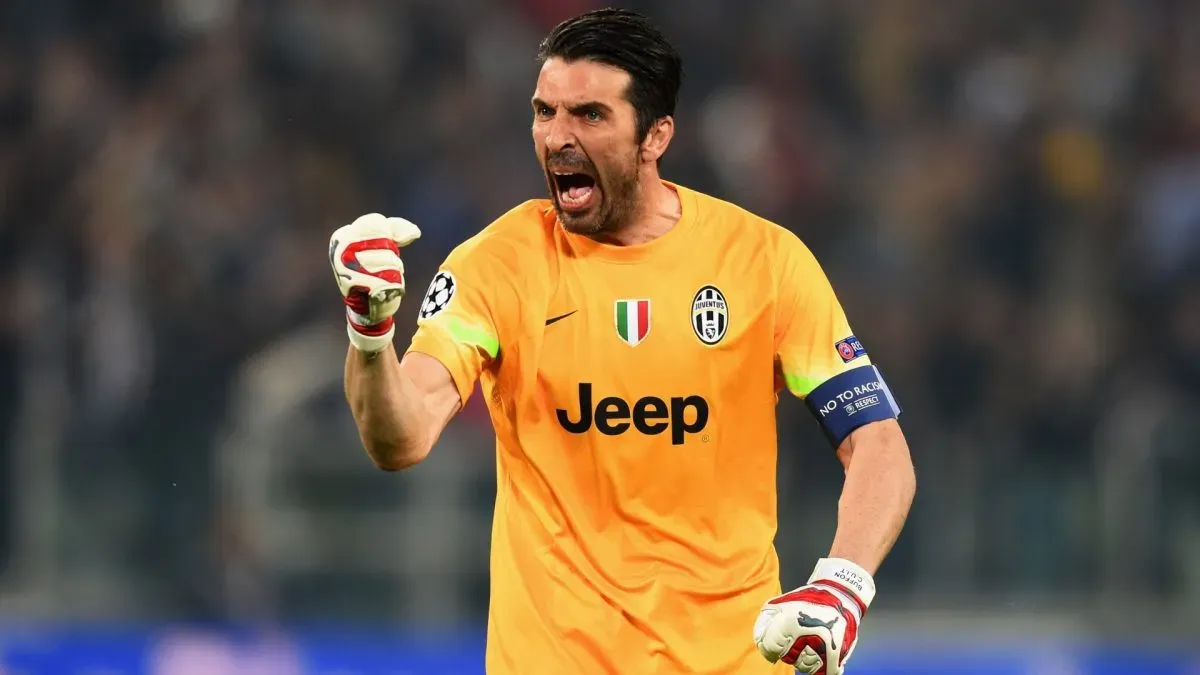
Gianluigi Buffon of Juventus celebrates as Alvaro Morata of Juventus scores their first goal during the UEFA Champions League semi final first leg match in 2015. (Source: Michael Regan/Getty Images)
In 2001, Juventus spent €52.88m on Gianluigi Buffon, a fee that stunned the soccer world for a goalkeeper. Two decades later, it is remembered as one of the wisest investments ever made.
He became more than just a shot-stopper; he embodied loyalty, leadership, and excellence. His longevity and legendary status turned that record-breaking deal into the benchmark for valuing greatness between the posts.
Hernan Crespo – Lazio
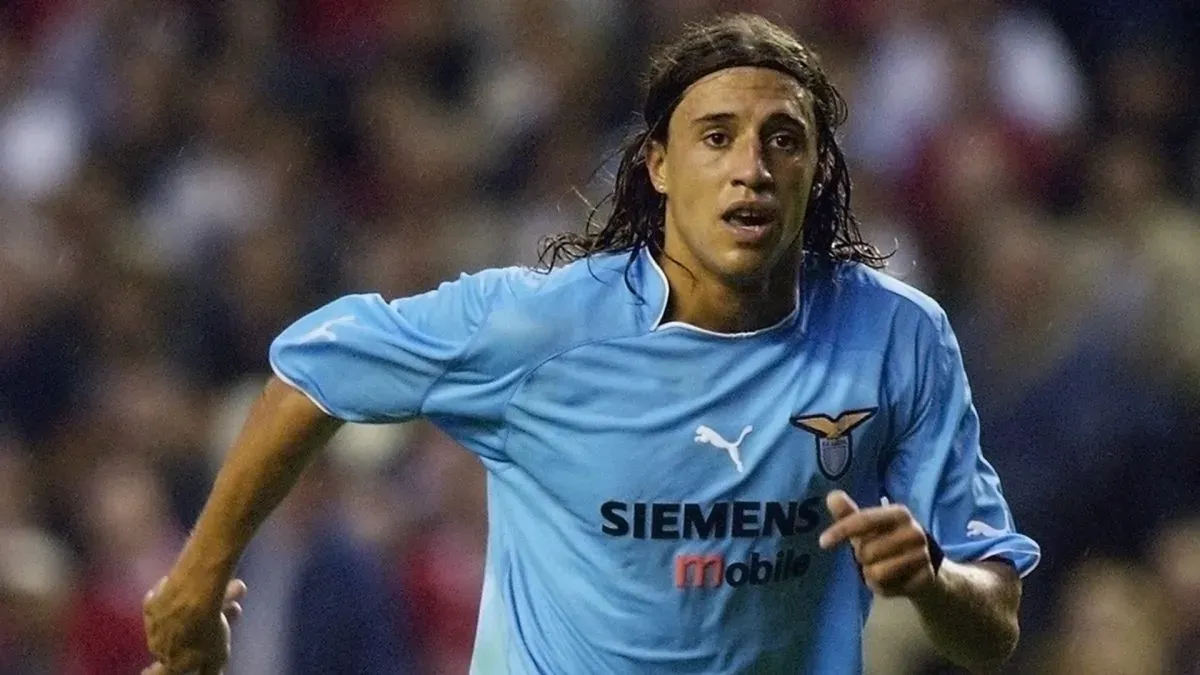
Hernan Crespo of Lazio in action during the Pre-Season Friendly match in 2002. (Source: Ross Kinnaird/Getty Images)
At the dawn of the millennium, Hernan Crespo’s €56.81m transfer from Parma to Lazio set a new world record. Serie A was the center of soccer’s financial power, and Lazio’s bold move epitomized the extravagance of the era.
The Argentine striker, already a proven scorer, carried immense expectations as he joined a squad packed with international stars. Though his time at Lazio was marked by brilliance, it also symbolized the unsustainable spending spree that would eventually reshape Italian soccer.
Teun Koopmeiners – Juventus
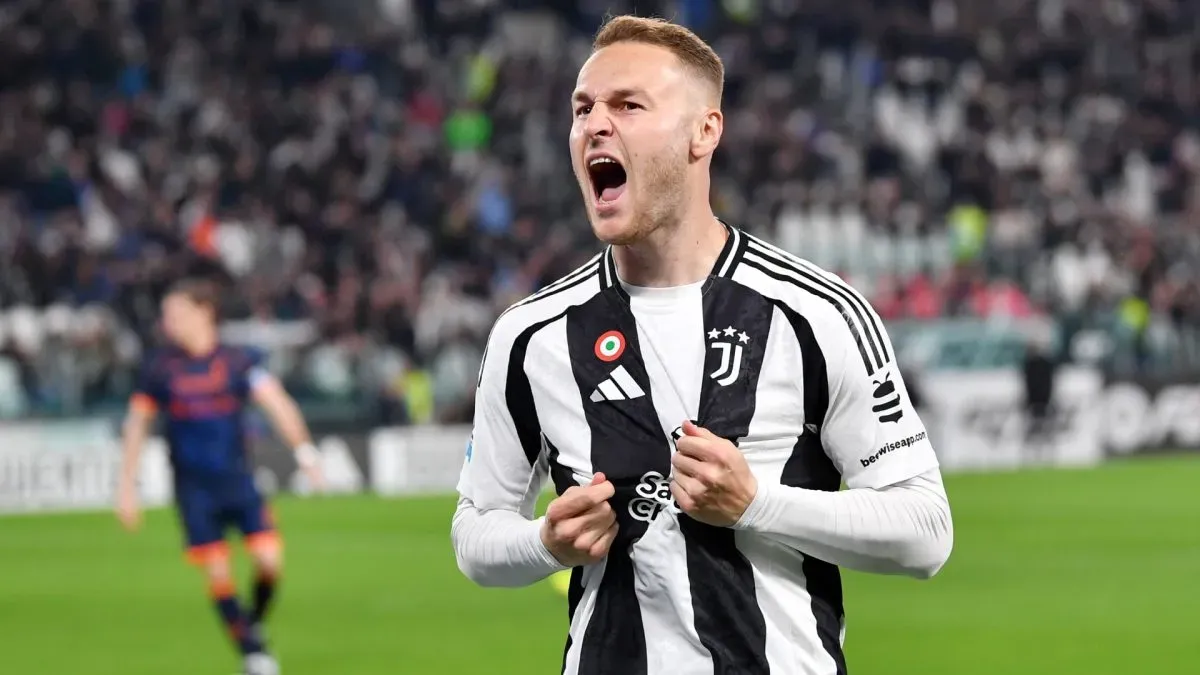
Teun Koopmeiners of Juventus celebrates scoring his team’s first goal during the Serie A match in 2025. (Source: Valerio Pennicino/Getty Images)
In August 2025, Juventus’ €58.4m capture of Teun Koopmeiners was seen as a pivotal piece in their rebuilding project. After excelling at Atalanta with his leadership, versatility, and knack for goals from midfield, the Dutchman became one of Europe’s most coveted players.
For Juve, his arrival promised stability and creativity in the center of the park—qualities that had been missing in recent years. His signing symbolized the club’s ambition to return to the summit of Italian soccer through calculated, strategic investments.
Romelu Lukaku – Inter

Romelu Lukaku of Inter Milan celebrates after scoring his team’s first goal during the UEFA Europa League Final in 2020. (Source: Friedemann Vogel/Pool via Getty Images)
Inter Milan’s €74m signing of Romelu Lukaku in 2019 changed the club’s trajectory. Criticized at Manchester United, the Belgian striker reinvented himself in Serie A under Antonio Conte.
With his sheer physicality and sharp finishing, he became the driving force behind Inter’s attack, forming the feared “Lu-La” partnership with Lautaro Martínez. His goals ended Juventus’ nine-year Scudetto streak and restored Inter to the top of Italian soccer. Few transfers in the past decade have been as transformational.
Victor Osimhen – Napoli

Victor Osimhen of SSC Napoli celebrates scoring his team’s first goal during the UEFA Champions League 2023/24 round of 16 first leg match. (Source: Francesco Pecoraro/Getty Images)
Napoli’s €78.9m acquisition of Victor Osimhen in 2020 was a record-shattering gamble on youth and potential. The Nigerian forward had raw pace, power, and instinct, but his first season was plagued by injuries.
Still, he grew into the symbol of Napoli’s resurgence, spearheading their historic 2023 Scudetto triumph—the first in over three decades. His evolution from promising talent to unstoppable force made him one of the most important transfers in modern Serie A history.
Arthur Melo – Juventus

Arthur Melo of Juventus runs with the ball during the UEFA Champions League Group G stage match in 2020. (Source: David Ramos/Getty Images)
Arthur Melo’s €80.6m transfer to Juventus in 2020 was as much about accounting as it was about soccer. Part of a high-profile swap with Miralem Pjanić, the deal raised questions from the start.
On the pitch, the Brazilian midfielder struggled to adapt to Serie A’s tempo, offering glimpses of technical skill without truly dictating games. His signing reflected Juve’s turbulent recruitment strategy in the late 2010s, when financial maneuvering often outweighed tactical necessity.
Dusan Vlahovic – Juventus

Dusan Vlahovic of Juventus celebrates after scoring their sides first goal during the Serie A TIM match in 2023. (Source: Valerio Pennicino/Getty Images)
The €83.5m move of Dusan Vlahovic from Fiorentina to Juventus was one of the most dramatic transfers in recent Serie A memory. Fiorentina fans felt betrayed as their rising star crossed enemy lines to wear black and white.
For Juve, the Serbian striker represented not just goals but also the hope of rebuilding after Cristiano Ronaldo’s exit. He carried the burden of expectation as the next great number nine in Italy, with every performance scrutinized as if it were a referendum on Juventus’ future.
Matthijs de Ligt – Juventus
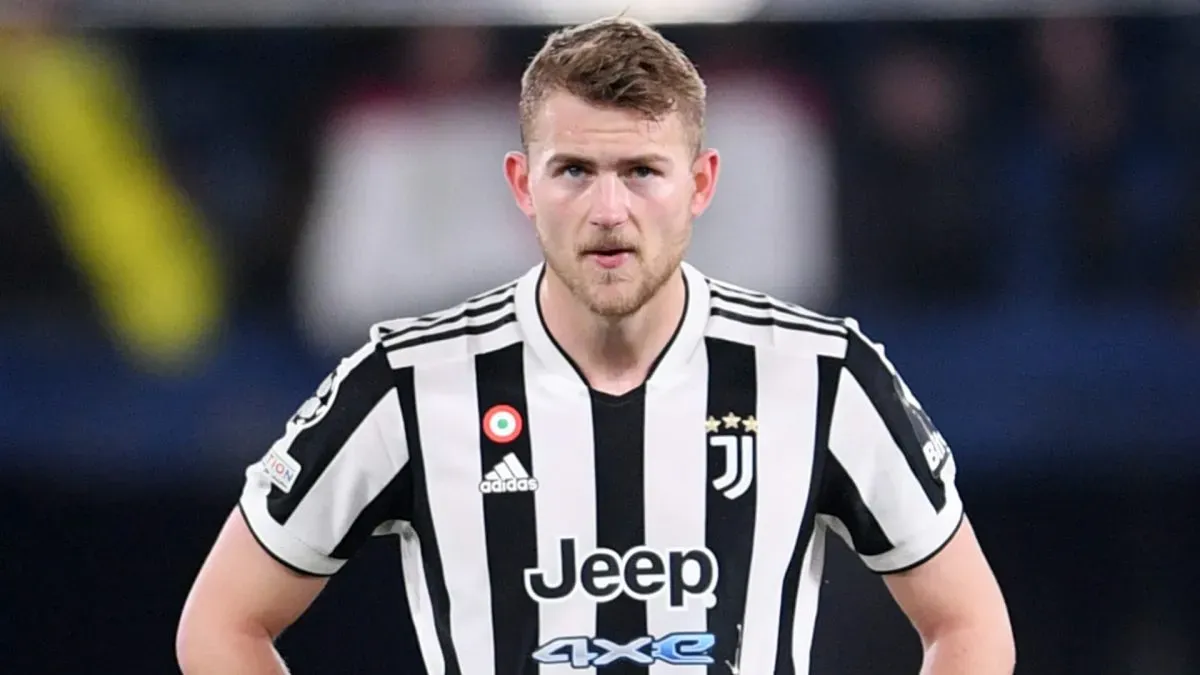
Matthijs de Ligt of Juventus reacts during the UEFA Champions League Round Of Sixteen Leg One match in 2022. (Source: Aitor Alcalde/Getty Images)
At just 19 years old, Matthijs de Ligt arrived in Turin carrying a reputation beyond his years. Signed for €85.5m after captaining Ajax to a fairytale Champions League semifinal, he was billed as the future of Juventus’ defense.
His first seasons were marked by adaptation—brilliant flashes of leadership tempered by inconsistency and injuries. While he never fully became the heir to legends like Chiellini and Bonucci, his time in Serie A added maturity and resilience. His transfer remains a reminder of Juventus’ gamble on youth during a transitional era.
Gonzalo Higuain – Juventus

Gonzalo Higuain of Juventus FC celebrates after scoring the opening goal during the serie A match in 2018. (Source: Emilio Andreoli/Getty Images)
Gonzalo Higuain’s €90m switch from Napoli to Juventus in 2016 was as dramatic as it was divisive. Coming off a record-breaking 36-goal Serie A season, the Argentine striker was the most lethal forward in Italy. But his decision to join Juve, Napoli’s fiercest rival, ignited fury in Naples, where fans saw it as an unforgivable betrayal.
In Turin, he delivered crucial goals and extended Juve’s domestic dominance, yet his European performances left some critics unconvinced. His transfer encapsulated the emotional volatility of Italian soccer—talent, money, and loyalty colliding in spectacular fashion.
Cristiano Ronaldo – Juventus
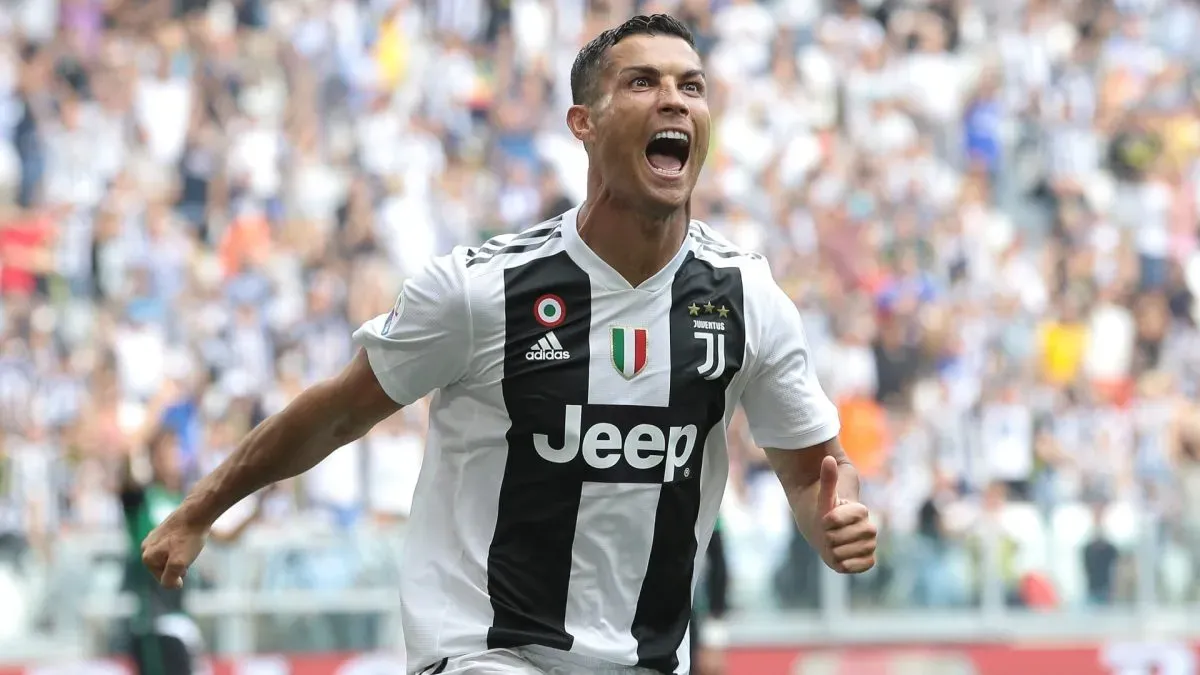
Cristiano Ronaldo of Juventus FC celebrates after scoring the opening goal during the serie A match in 2018. (Source: Emilio Andreoli/Getty Images)
When Juventus announced the €117m signing of Cristiano Ronaldo in 2018, it wasn’t just the biggest deal in Serie A history—it was a cultural earthquake. The Portuguese legend arrived as the face of modern soccer, a global brand who had conquered everything with Real Madrid.
His move was Juve’s statement of intent: to dominate domestically while chasing the elusive Champions League. He brought goals, headlines, and unprecedented commercial growth, yet the European trophy remained out of reach. Even so, his transfer marked a turning point, proving Serie A could still lure the world’s biggest superstar.
| Rank | Player | Club | Season | Fee |
| 1 | Cristiano Ronaldo | Juventus | 18/19 | €117.00m |
| 2 | Gonzalo Higuaín | Juventus | 16/17 | €90.00m |
| 3 | Matthijs de Ligt | Juventus | 19/20 | €85.50m |
| 4 | Dušan Vlahović | Juventus | 21/22 | €83.50m |
| 5 | Arthur Melo | Juventus | 20/21 | €80.60m |
| 6 | Victor Osimhen | Napoli | 20/21 | €78.90m |
| 7 | Romelu Lukaku | Inter | 19/20 | €74.00m |
| 8 | Teun Koopmeiners | Juventus | 24/25 | €58.40m |
| 9 | Hernán Crespo | Lazio | 00/01 | €56.81m |
| 10 | Gianluigi Buffon | Juventus | 01/02 | €52.88m |
| 11 | Douglas Luiz | Juventus | 24/25 | €51.50m |
| 12 | Hirving Lozano | Napoli | 19/20 | €50.00m |
| 13 | Rafael Leão | AC Milan | 19/20 | €49.50m |
| 14 | Gaizka Mendieta | Lazio | 01/02 | €48.00m |
| 15 | Bremer | Juventus | 22/23 | €46.90m |
| 16 | Christian Vieri | Inter | 99/00 | €46.48m |
| 17 | Pavel Nedved | Juventus | 01/02 | €45.00m |
| 18 | João Mário | Inter | 16/17 | €44.78m |
| 19 | Federico Chiesa | Juventus | 22/23 | €44.60m |
| 20 | Achraf Hakimi | Inter | 20/21 | €43.00m |
| 21 | Leonardo Bonucci | AC Milan | 17/18 | €42.00m |
| 22 | Patrik Schick | AS Roma | 18/19 | €42.00m |
| 23 | Rui Costa | AC Milan | 01/02 | €41.32m |
| 24 | Tammy Abraham | AS Roma | 21/22 | €41.00m |
| 25 | Paulo Dybala | Juventus | 15/16 | €41.00m |
The figures reflect the most expensive transfers in Serie A history, focusing solely on incoming signings. All data were sourced from Transfermarkt as of August 2025, providing a snapshot of the league’s high-profile moves and market trends.
- Paulo Dybala – Juventus
- Tammy Abraham – AS Roma
- Rui Costa – AC Milan
- Patrik Schick – AS Roma
- Leonardo Bonucci – AC Milan
- Achraf Hakimi – Inter
- Federico Chiesa – Juventus
- Joao Mario – Inter
- Pavel Nedved – Juventus
- Christian Vieri – Inter
- Bremer – Juventus
- Gaizka Mendieta – Lazio
- Rafael Leão – AC Milan
- Hirving Lozano – Napoli
- Douglas Luiz – Juventus
- Gianluigi Buffon – Juventus
- Hernan Crespo – Lazio
- Teun Koopmeiners – Juventus
- Romelu Lukaku – Inter
- Victor Osimhen – Napoli
- Arthur Melo – Juventus
- Dusan Vlahovic – Juventus
- Matthijs de Ligt – Juventus
- Gonzalo Higuain – Juventus
- Cristiano Ronaldo – Juventus

